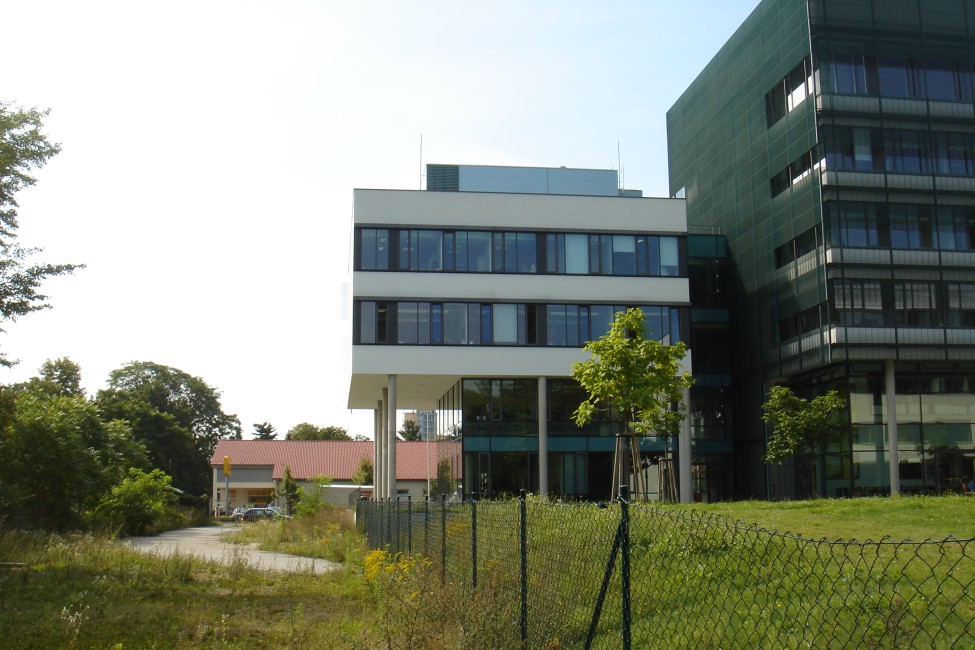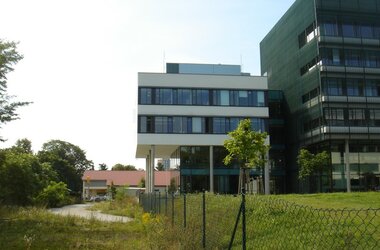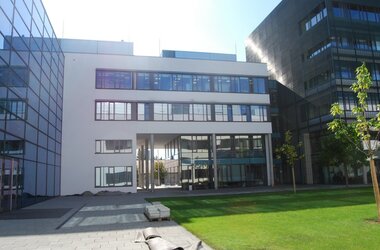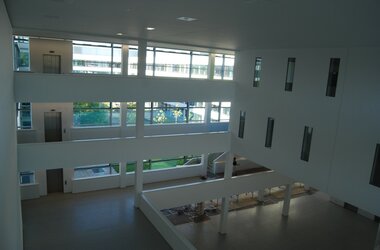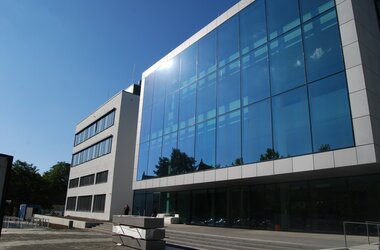Opening of research center for regenerative therapies (CRTD) in Dresden
After nine months of construction and eighteen months of finishing work, the state-of-the-art extension to the new center for regenerative therapies (CRTD) in Dresden was officially opened on 26th October 2011 and handed over to its future users.
The official opening ceremony was held in the presence of Saxony’s State President Stanislaw Tillich, the State Minister for Science and Art Prof. Dr. Schorlemer and the Lord Mayor of Dresden, Dirk Hilbert. For the first time, all 17 CRTD research groups now have the facilities necessary for research and teaching activities at the highest level under one roof.
After nine months of construction and eighteen months of finishing work, the state-of-the-art extension to the new center for regenerative therapies (CRTD) in Dresden was officially opened on 26th October 2011 and handed over to its future users.
The official opening ceremony was held in the presence of Saxony’s State President Stanislaw Tillich, the State Minister for Science and Art Prof. Dr. Schorlemer and the Lord Mayor of Dresden, Dirk Hilbert. For the first time, all 17 CRTD research groups now have the facilities necessary for research and teaching activities at the highest level under one roof.
CRTD Director Prof. Michael Brand sees the new CRTD building as another visible beacon representing biomedicine in Saxony. It offers excellent conditions for success in achieving CRTD’s objective, research into the self-healing potential of the human body.
As the second phase of construction, the CRTD is directly connected with the existing BioInnovationszentrum (BiOZ) building and completes the research location by providing additional laboratory areas, a lecture theater, exhibition and communication areas and facilities for laboratory animals in the basement.
The philosophy of the building’s architecture is to represent the principle of networked interdisciplinary research with a number of interlinked communication islands. In the structural design, this is expressed by an airy two-storey truss construction that spans the foyer and accommodates seminar rooms. A lecture theater inserted into the ground floor and basement is accessible from the foyer and has laboratories above it, thus ensuring that teaching and research are closely connected.
KREBS+KIEFER Dresden was responsible for the entire structural design from the preliminary design phase up to construction supervision (Phases 2 - 8) as well as for design and authorization planning for the construction pit shoring.
